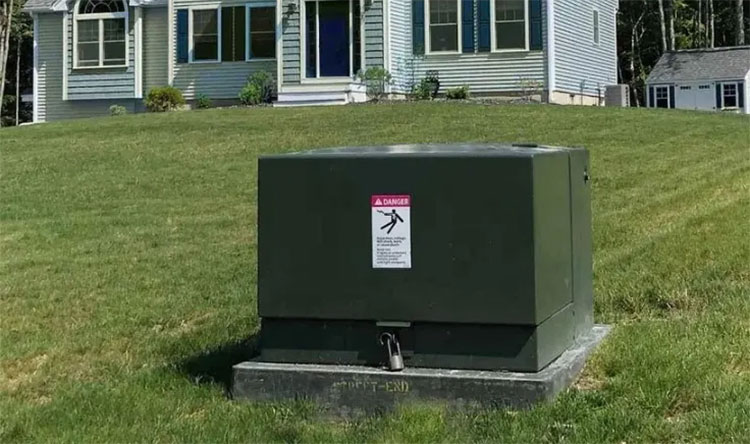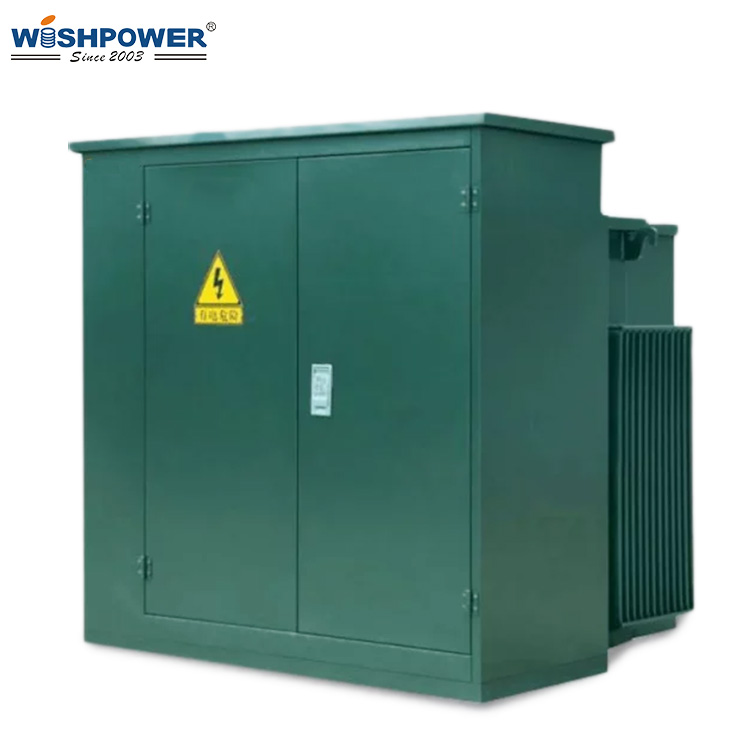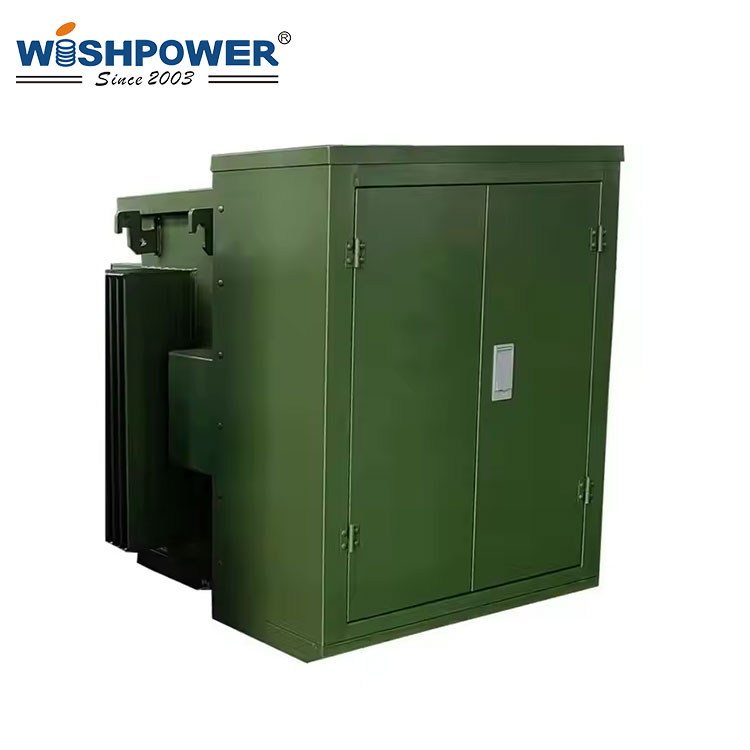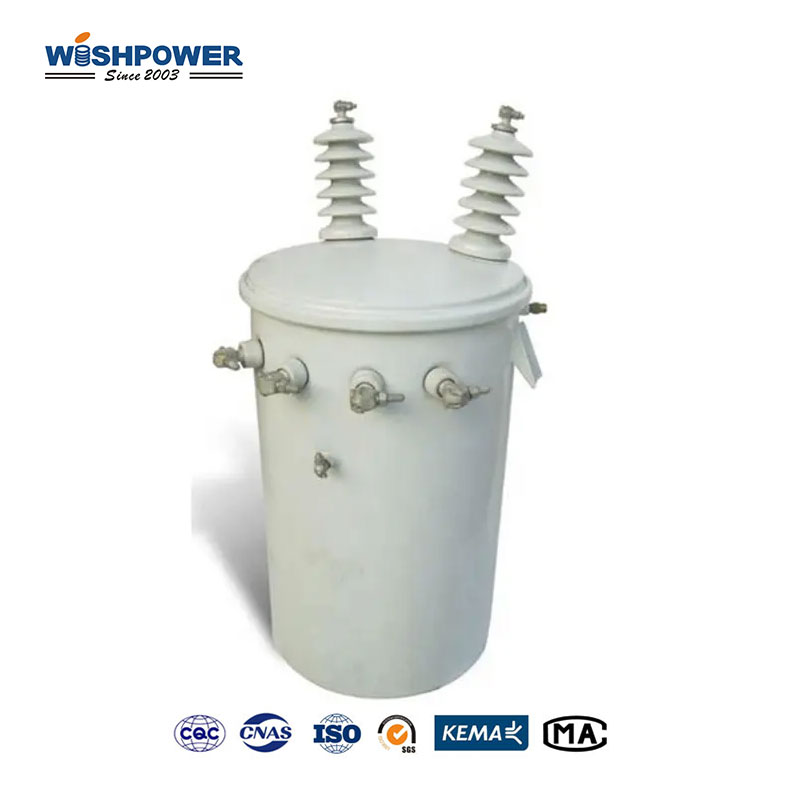What is the difference between pole-mounted and pad-mounted transformers?
Transformers are power distribution devices, playing a major role in making sure that safe and effective electricity is distributed. There are several different types including pole-mounted transformers and pad-mounted transformers both of which are extensively used for the given applications, designs, and benefits.

What is a pole-mounted transformer?
Pole-mounted transformers are used where overhead wires are common, so they are usually placed on utility poles. They’re above ground and are widely used in rural and semi-urban areas in power distribution. Pole-mounted transformers are installed at a very high pole-mounted position. Situated above ground, this reduced the hazard of transformers located in densely populated places. The size and weight have been reduced to a minimum, and the unit is compact for easy installation on poles. It’s a really useful feature where ground space is limited. The cost of installing and maintaining them is usually less than that of other methods as they generally require little land preparation. It’s generally better setup to be used in rural or semi-rural areas in which case electricity is delivered. Natural air cooling of the outer transformer housing is used in most pole-mounted transformers, and the transformer housing is exposed to ambient air. It in turn reduces maintenance requirements but is not suitable for applications that need more power capacity.
What is a pad-mounted transformer?
The transformers are usually mounted on pedestals above the ground, and the enclosure they are housed in is usually a secure, weatherproof enclosure. Because they marry with underground distribution systems and are often found in suburban and urban areas, this design is common. Key features of a pad-mounted transformer include: That being mounted on a concrete or steel base for easy maintenance and repair, it is the best choice for an urban spot where regular maintenance is needed. To prevent unauthorized access, pad-mounted transformers are in a tamper-resistant enclosure. It is very important, especially in areas close to public places or neighborhoods. But they can work with underground distribution networks, which are fairly common in modern cities where overhead lines may be limited or unwelcome. The pad-mounted transformers usually have higher power capacities and allow larger equipment to be mounted than the pole-mounted transformers, and are designed for use in high-density commercial areas as well as industrial settings.
Differences in the construction and design.
This will help in Physical Location and Mounting.
Pole-mounted: Pole-mounted transformers are fixed to utility poles, meaning that they use the space under the pole not ground space. The high-position installation has less ground time and fewer ground hazards, but special equipment may be required to install and repair.
Ground-mounted: They consist of ground-mounted transformers, housed in a locked steel enclosure on the ground so that they cannot be tampered with or vandalized. Access to the maintenance teams with ground-mounted transformers is more parental; making maintenance easier and quicker.
Enclosure and Protection
Pole-mounted: Pole-mounted transformers do not need a ground enclosure because it is naturally cooled by ambient air. But the weather can be awfully hard on them, especially in cold climates.
Ground-mounted: Outdoor environments are designed and ground-mounted transformers have a weatherproof and tamper-resistant enclosure. Inside it, internal components are shielded from weather — including moisture, dust, and debris — for longevity.
Safety Considerations
Pole-mounted Transformers
Reduced Access Risk: Less open to the public, mounted high on poles, these transformers are much safer than those stashed away in a closet, so they should be used where there isn’t regular public oversight.
Exposure to the Elements: They are more exposed to wind, lightning, and other natural elements, increasing the risk of reliability failure in extreme weather conditions.
Pad-mounted Transformers
Tamper-resistant design: Mounting these transformers on pedestals in a lockable steel cabinet deters unauthorized access, and makes them practical in urban or suburban environments with frequent public contact.
Enhanced Ground Safety Features: Improving operational safety, reducing the risk of equipment failure, and guaranteeing protection in surge situations, features include pressure relief devices and internal fuses.
How to choose pole-mounted and pad-mounted transformers?
It is dependent on many factors such as installation environment, power requirement, safety standards, and maintenance preferences; hence, there is a choice between pole pole-mounted transformer and ground pad-mounted transformer. For areas with low power demand, where cost-effectiveness and minimum land use are critical considerations, pole-mounted transformation is a generally accepted practice for rural areas. Pad-mounted transformers however bring better safety ease of access, and higher capacity, as modeled here, making them ideal for urban environments and high-density applications.
If you have different opinions or want to know more, please leave a message on the website or contact us directly at info@wishpower.net

















